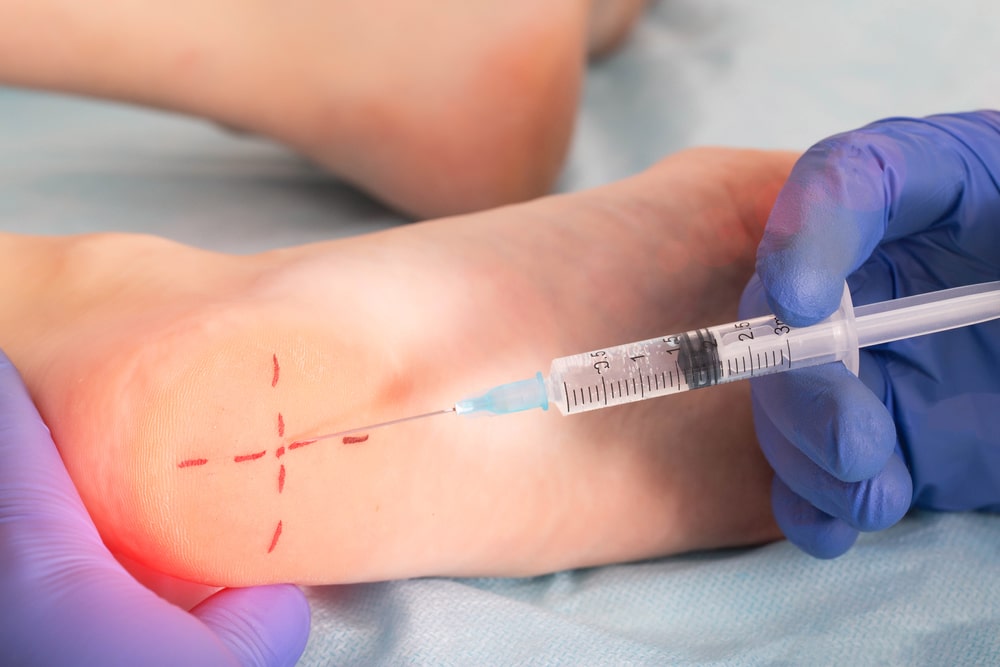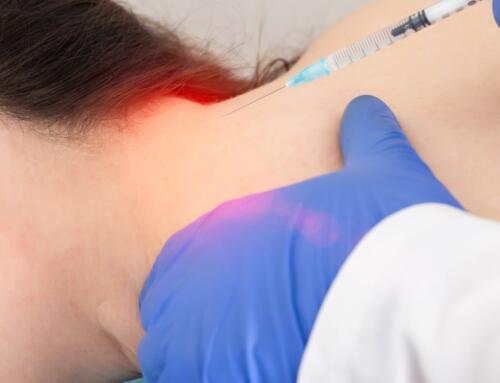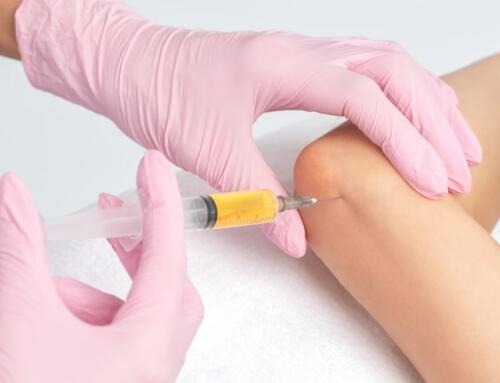When our body becomes infected by bacteria, viruses or fungi, it can range from a short-term issue (like the common cold) to a long-term issue if more severe. Some harmful microorganisms have the potential to spread to other cells, further infecting other tissues. However, when the body recognizes an infection, it typically produces antibodies to fight the infection. Though our immune systems are an incredible symphony of defense and repair, sometimes it does require support to function optimally.
What Are Pathogens?
A pathogen is the collective term for harmful microorganisms, such as bacteria, viruses and fungi. These organisms can spread in a number of ways, though commonly they do so by the transfer of bodily fluids, skin contact, ingestion of contaminants, or inhalation. Many of these pathogens also produce toxins, which can be harmful to our tissues and bodily functions.
Bacteria: These microscopic, single-celled entities are diverse in their cellular structure, shape, and genetic composition. They inhabit a wide range of environments, including within the human body. Beneficial bacteria, like gut bacteria, aid digestion and bolster the immune system. In contrast, harmful bacteria can cause illnesses, and can affect areas such as heart, lungs, muscles, nerves, and the gastrointestinal system.
Viruses: The tiniest pathogens, they are often highly transmissible. They can’t replicate independently, but rather ‘hijack’ a host cell’s machinery to multiply. Some viruses are more common, others more rare. However, infection or exposure – while the immune system addresses – doesn’t always guarantee full elimination of the microorganism. Some viruses – for instance, Varicella zoster, which causes chickenpox – can lie dormant in the body, hiding in tissues such as nerves with the potentially reactivating later in life (which may result in shingles). Overall, while factors vary from virus to virus, they can be small, resilient, adaptable, transmissible and virulent.
Fungi: Beyond the commonly known mushrooms, fungi encompass a variety of organisms, some of which are pathogenic. These organisms can inhabit a number of places in the body, both superficial (such as on our feet) and deep (such as in our sinus cavities). Fungal infections are particularly known for their resilience and difficulty to eliminate.
Who Can Become Infected?
Depending on the organism, risk of infection can be linked to exposure environment, transmissibility, and in some cases the constitution of the individual. For instance, airborne infections are often transmitted through tiny, unseen droplets in the air – often particularly contagious. They spread quickly when an infected person is nearby, as others can inhale these droplets. The risk of transmission increases significantly when the infected individual coughs or sneezes, dispersing larger droplets from their nose or mouth.
Infections can spread through shared personal items, blood transfusions, or intimate contact. Contaminated food and beverages are also common sources of infection, often due to unsanitary preparation methods or inadequate cooking. Additionally, bites by infected animals (such as in rabies cases) can also transmit infections.
Individuals with weakened immune systems are more susceptible to infections than those with robust immune systems. A healthy immune system can more effectively combat infections, unlike those who are compromised for various reasons.
Diagnosing an Infection
Although infections may exhibit similar symptoms, their treatments are not universally applicable. This highlights the importance of accurate diagnosis to ensure appropriate treatment. A doctor typically diagnoses an infection through a physical examination, reviewing the patient’s medical history, assessing current symptoms, and potentially laboratory testing.
In certain situations, laboratory tests may be necessary to identify the pathogen responsible for the illness. These tests may involve collecting samples such as urine, blood, stool, sputum, and/or nasal / throat swabs. In more complex cases, a tissue biopsy might be required to pinpoint the exact type of pathogen affecting the patient.
Typical Treatments for Infection
Infections typically require specific treatments depending on their nature: antibacterial for bacteria, antiviral for viruses, and antimycotic or antifungal for fungal infections. Pharmaceutical agents are often the “go-to treatment” such infections, however a significant concern exists with the potential for these organisms to develop resistance to these agents.
Antiviral medications are designed to halt the progress and multiplication of viruses. They achieve this by preventing viruses from entering and binding to host cells. Additionally, viricides which function as disinfectants, can eradicate viruses on various surfaces.
For fungal infections, oral or topical antifungals are commonly used. These treatments are available as liquids, sprays, creams, or tablets and can effective against fungal infections in areas like the mouth and throat.
Resistance to medications is not only a challenge with antibiotics but can also occur with antiviral and antifungal treatments. Such resistance can make these drugs less effective, allowing the infection to continue and potentially spread to others.
Ozone Therapy Treatment for Infections
Ozone is significantly more reactive despite sharing the same basic element as oxygen. This increased reactivity makes it prone to react with and oxidize other molecules. Since its use in World War I, ozone therapy has been employed for various medical conditions, including infections. It was initially used for purifying drinking water and sterilizing surgical instruments, highlighting its ability to destroy and inhibit the growth of bacteria, fungi, and viruses.
Medical ozone has evolved in its applications, produced by passing pure oxygen gas through an ozone generator. A standard method of administration is major autohemotherapy (MAH), often utilized to boost the immune system, enhancing its ability to combat infections and increase biological resistance to pathogens.
In addition to MAH, alternatives include applying ozonated water, gel, or oil directly to the affected area as a potential replacement for antifungal medications. Ozone insufflation is another method to eliminate bacteria and viruses within the human body. Lastly, direct ozone injection into and around infectious tissue may also be employed.
Choosing Dr. Schlee for Ozone Therapy in Calgary
The effectiveness of Ozone therapy is well-documented, with proven results and minimal side effects. Treating infections with ozone therapy can be markedly effective, with added benefits of aiding in cellular metabolism, moedulating the immune system and supporting the regeneration of damaged cells. If you think ozone therapy might be right for you, schedule your consultation today.
Blog posts from Dr. Schlee are for general information only. The content should not be considered medical advice. If you are in need of professional medical advice or assistance, please reach out to your local doctor or clinic.









